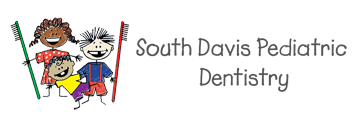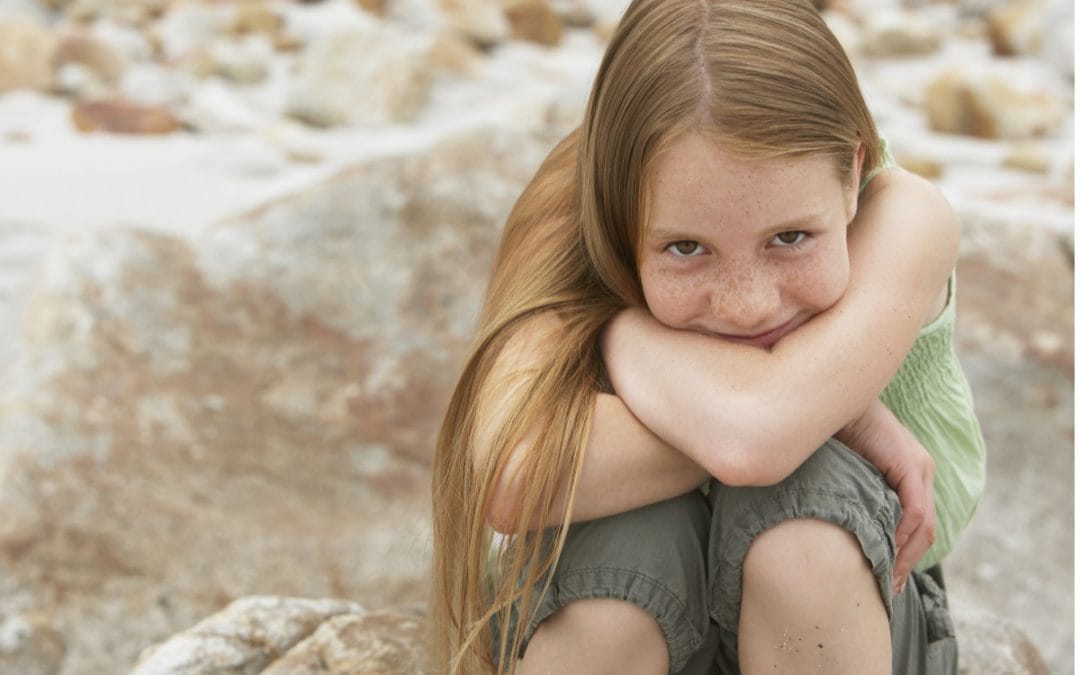New experiences are an integral part of a child’s growth and developmental phases. Your child will experience several “firsts” during their first years. A first tricycle. A first playdate. Another first that many children go through that is not so fun is their first cold sore.
In this blog post, we are going to look at what cold sores are and how to treat them. Watch this video to hear Dr. Jason Horgesheimer talk about treating cold sores for children at South Davis Pediatric Dentistry.
What are Cold Sores?
Also known as fever blisters or oral herpes, cold sores are small blisters that appear around the mouth and lips. While you will typically find cold sores around the corners of the mouth or lips, they can also appear inside of the mouth, on the chin, cheeks, and nose, too. The blisters begin to ooze a clear type of fluid after a couple of days, and then they crust over. It takes about one to two weeks for them to heal completely.
Even though they are known as “cold sores”, they actually have nothing to do with having a cold. These mouth sores are usually caused by the herpes simplex virus type 1 (HSV-1). This is a separate type of herpes than the herpes simplex virus type 2 (HSV-2), which is responsible for genital herpes. However, both of the strains are capable of causing sores in any part of the body.
For most people, their first exposure to HSV occurs between the ages of one and five years old. More than 50 percent of all people are infected with HSV by the time they reach adulthood. Aside from the uncomfortable sores caused by the virus, HSV is typically harmless (with the exception of infection in babies less than six months old).
How are Cold Sores Spread?
Cold sores are very contagious and can be passed on through skin-to-skin contact, saliva, or even by touching an object that has been handled by someone who is infected with the virus.
Concerns Associated with Primary HSV Infection
When a child gets a cold sore for the very first time, it is called primary HSV infection. During this primary infection, the blisters often spread to the interior of the mouth affecting the lips and gums, as well as the surrounding lips and mouth. During this primary infection, a child may also develop the following symptoms:
- Swollen and tender lymph nodes
- Sore throat
- Irritability
- Drooling
Every case varies, but sometimes these symptoms are so mild, that the parents do not even notice them. However, there are times when these symptoms can be so severe, it can affect the child’s ability to eat and drink and may require the administration of pain medication for comfort.
What are the Potential Complications of Cold Sores?
- If the virus from cold sores spreads to the eye, a child can develop HSV keratitis, which is an infection of the cornea. Typically this type of infection will heal without damaging the eye, but other times, it can lead or blindness or corneal scarring. In fact, HSV is a major cause of blindness worldwide.
- Babies under six months of age can be severely disabled by HSV infection. In fact, if a newborn baby catches HSV, the results can be deadly. Relatives or parents with cold sores should never kiss a baby because their immune systems are underdeveloped.
What You Need to Know About Cold Sore Recurrence
After a child has been exposed to HSV, the virus settles into bundles of nerve cells in the body. It will not cause any symptoms unless it’s activated. If activated, it will travel back up to the surface of the skin. Recurrence of cold sores is highly variable from person to person, although it remains in the body for life. Some children never get another one and others will have outbreaks a few times every year. When they return, it’s often in the same spot – but usually not inside of the mouth after the primary HSV infection.
What are the Signs of a Cold Sore Flare-Up?
When a child is about to develop a cold sore, parents might notice the child touching or scratching the area. It may become red and swollen before the sore erupts. The child may experience tingling, burning, or itching as the sore is coming on.
What are Common Triggers for Cold Sores?
If the child’s immune system is already down or if the skin is irritated for other reasons, this may cause a cold sore to develop. Typical triggers for children who have already been exposed to the HSV virus include:
- Fatigue and stress
- Exposure to intense sunlight, heat, cold, or dryness
- Injuries to or breaks in the skin
- Illness (i.e., cold or flu)
- Dehydration and poor diet
- Fluctuating hormones (i.e., during a teen’s menstrual periods, etc.)
Try to Prevent the Spread of HSV
Some things you can do as a parent to keep your child from spreading HSV include:
- Instruct your child not to scratch or pick at cold sores
- Have your child wash their hands frequently
- Clean and disinfect toys
- Don’t allow your child to share drinks, utensils, towels or other items
- Wash towels and linen in hot water after use
How to Help Ease the Symptoms of Cold Sores in Children
- Apply ice or a warm washcloth to cold sores to ease the pain
- Give chilled or icy treats for tender lips and to avoid dehydration
- Avoid acidic foods, such as citrus fruit and tomatoes, that may irritate the cold sores
- Consider the use of a pain reliever such as acetaminophen or ibuprofen
How We Can Help Treat Pediatric Cold Sores
If your child is developing a cold sore, we encourage you to contact us for an appointment right away. When given early on, anti-viral medications are very effective at reducing the length of a cold sore and reducing the pain and other symptoms. If your child is experiencing a cold sore, contact our pediatric dental office in South Davis County to set up an appointment. You can reach us at (801) 294-8880.


Recent Comments